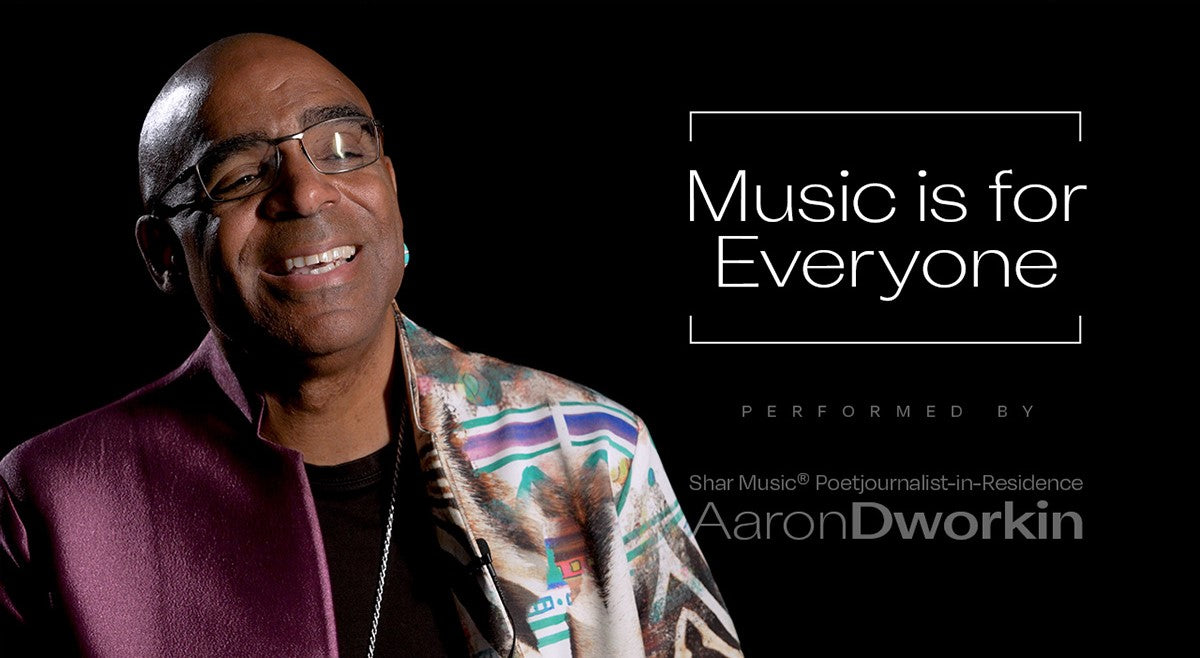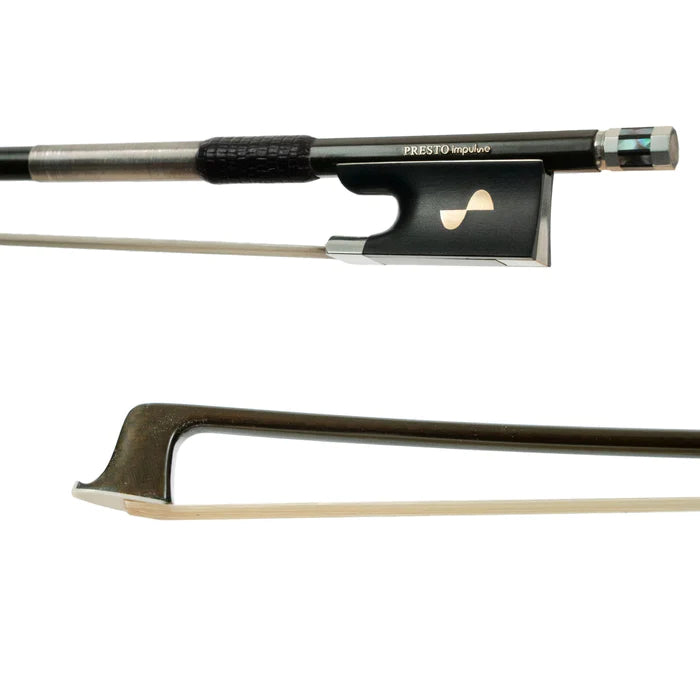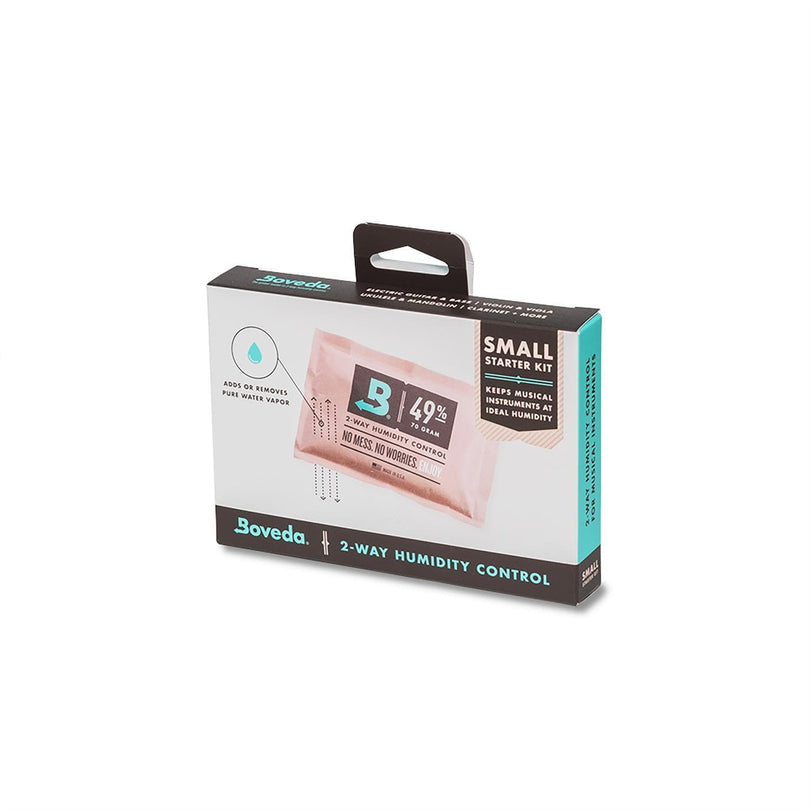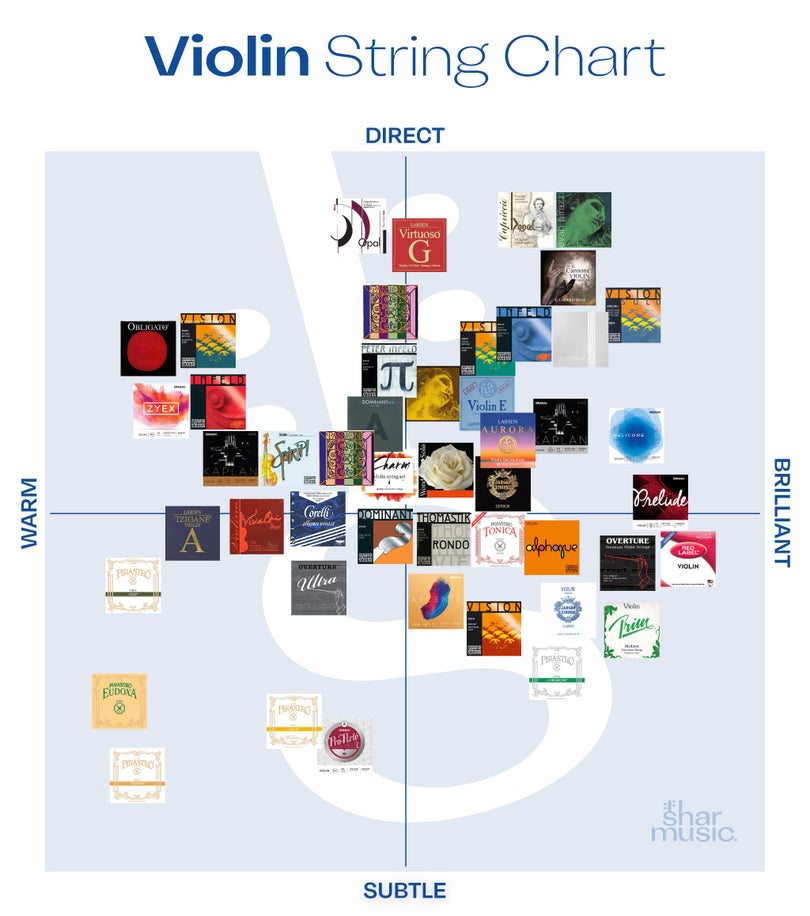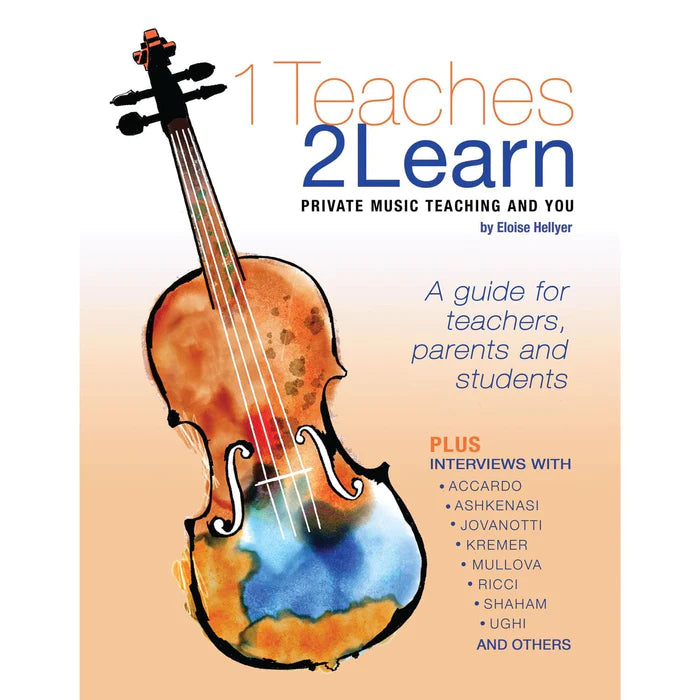It is difficult to think about modern music without thinking of the Beatles. For sixty years they have remained an iconic quartet who changed the landscape of music. John, Paul, George, and Ringo cut their dark hair into a moptop that can still be seen to this day on adults and teenagers alike. Sheet music has been published of nearly all their songs, transcribed for guitar, violin, viola, cello, and more. Many have used their songs to celebrate weddings, to sing their children to sleep, and remember loved ones who have died. All because four young men from Liverpool changed the course of history with their first single “Love Me Do,” released on October 5th, 1962. Two years later, the song would hit the airwaves for the first time in the United States, and full-fledged Beatlemania would later sweep the globe. But the song, for all of its simplicity, often doesn’t get the recognition it deserves. In this article, we’ll take you through the history of “Love Me Do,” and discuss how the Beatles stumbled their way to stardom.
What makes “Love Me Do” so compelling may not be immediately clear. To a modern ear, it may sound twee, saccharine, or even annoying, especially when we consider the most popular Beatles albums—Sgt. Pepper’s Lonely Hearts Club Band and Abbey Road—are so tonally different than their early work as a band. But in 1962, the Beatles were still making the rounds in Hamburg, Germany as a five-piece band, playing songs akin to American rock music of the 50s. In fact, the original composition of “Love Me Do” had a different chord progression to sound more like Buddy Holly. It wasn’t until they were back in the UK in the recording studio with EMI records that they changed their approach to the song.
John Lennon and Paul McCartney had already written “Love Me Do” least four to five years prior as schoolboys (certainly Paul’s way of trying to impress a few girls at the time, but his cutesy, ironic tone became a hallmark of McCartney’s songwriting). "Love Me Do" had been a mainstay during their Hamburg gigs, but with a potential record deal hanging over them, they decided to entirely revamp the song. In Britain at the time, the norm for rock music carried over from the 50s—jazz piano, crooning singers like Elvis, and minimal guitarwork. The Beatles wisely found a niche between music for young people and a completely new sound. This sound relied heavily on guitar and the influence of Blues music, which would later become the blueprint for a lot of heavy-hitting rock bands of the decade like the Rolling Stones and Led Zeppelin. The decision to go for a Bluesy sound also called for a flashy, almost sleezy harmonica solo, which John Lennon provided in the studio. It was the harmonica, in fact, that changed the entire trajectory of the song and the Beatles’ career, as it caught the attention of producer George Martin, whom they would work with for the entirety of their existence as a band.
Paul McCartney explains that working with Martin could be “nerve-wracking” particularly when having a producer literally rearrange your song. McCartney also found it equally uncomfortable when he realized he was going to be taking the lead as the singer rather than only harmonizing with Lennon. In the comprehensive biography The Complete Beatles Recording Sessions, he remembers it like this:
"God, I got the screaming heebegeebies. I mean [George] suddenly changed this whole arrangement that we'd been doing forever, and John was to miss out that line: he'd sing 'Pleeeease,' put his [harmonica] to his mouth, I'd sing 'Love Me Do' and John would come in 'Waahhh wahhhh wahhhhhh.' We were doing it live, there was no real overdubbing (yet) so I was suddenly given this massive moment on our first record, no backing, where everything stopped, the spotlight went to me and I went (in shaky singing voice) 'love me doooooo.'"
It's kind of ridiculous to hear that Sir Paul McCartney was nervous to sing lead, considering how the world views him as a godfather of modern music, but taking a moment to think about the humble beginnings of the Beatles as young people themselves, just starting out, should be a great comfort to any musician who feels nervous about their own talent.
George Martin also didn’t like the drumming on the track, and essentially asked the Beatles to fire their current drummer, Pete Best, and hire a new one. The group had already considered replacing him with a certain young man named Richard Starkey, who performed under the name Ringo Starr. They had befriended him from their Hamburg days, when Starr was a drummer for a different band called the Hurricanes. Luckily enough, he fit the bill for the Beatles, but, ironically, not for George Martin, who was still trying to figure out the direction for “Love Me Do.” The Beatles wanted to push the song as their first single, and Martin had grown to hate the song, because it kept changing in tone, style, and sound. In the end, he also nixed Ringo Starr from the drum kit, and had session musician Andy White complete the drum track for “Love Me Do.” This was largely because Martin could not hear a version of the stop-skip drum track he was happy with. It took many years for Ringo Starr to forgive him for this move, and to this day, he’s still miffed about it. Regardless, Starr’s drumming is on display on the rest of the album, where it counts.
After a lengthy production (including an eight-hour recording session to make sure that drumming was perfect), “Love Me Do” was released on October 5th, 1962 with “P.S. I love You” as a B Side. The Beatles soon performed it live for the first time ten days later at the Playhouse Theatre in Manchester, England and it debuted at number seventeen on the British Billboard charts. The popularity of the Beatles skyrocketed with both the new sound, the controversial choice to replace Pete Best with Ringo, and the new promotional photos that featured their iconic, matching hairstyles. The band continued to record music with George Martin and EMI records for the rest of the year, and in early 1963, released their first studio album Please Please Me. The rest, as they say, is history.
Check out the two recordings below, the first being the original song as it appears on the album, and the second being a string music cover by Vitamin String Quartet. If you’re curious you can also click this link to hear the version the Beatles cut with Pete Best on drums (and see what George Martin was talking about!).
Love Me Do (The Beatles, 1962)
Love Me Do (Vitamin String Quartet, 2013)



